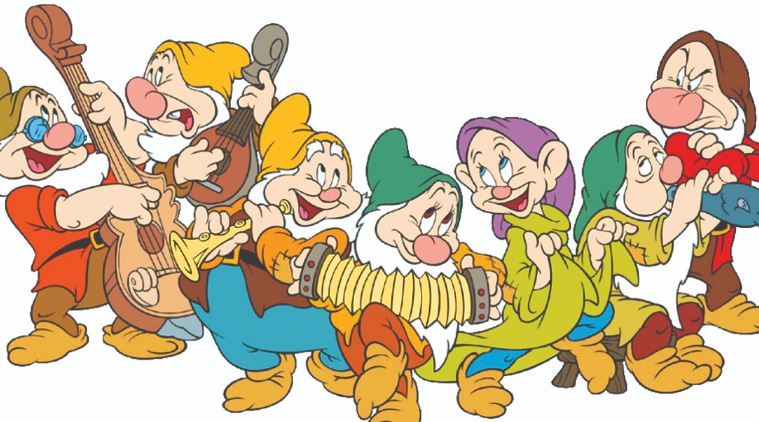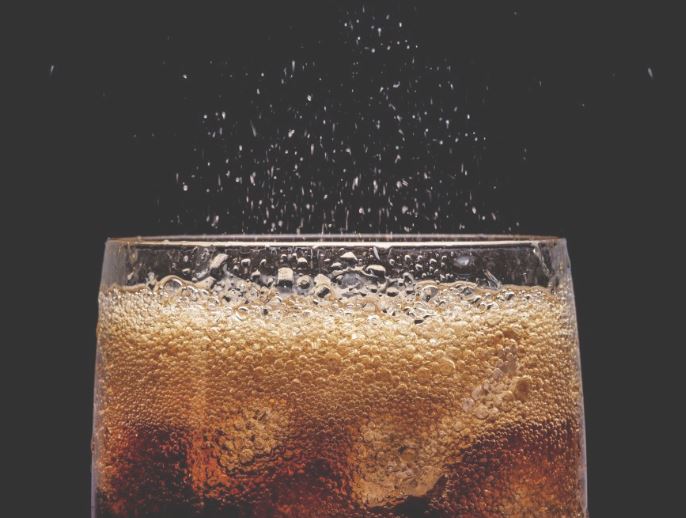If you’re interested in fashion or someone who has been in the military or scouting, perhaps you may have taken a liking to khaki clothing. Or maybe you’ve come to associate the color with explorers, expeditions, and safaris in Kenya and elsewhere.
What is Khaki Anyway?
First, let us define what is khaki. Khaki is a color that has sometimes been described as a shade of gray, a shade of green, or a shade of brown. Of all of these, “shade of brown” is probably the most accurate. In fact, historically, the color khaki is defined to be a shade of tan, and tan is a kind of light brown. This refers to the color itself, but as we will discover later, the word has evolved to have a wider meaning.
What Does Khaki Mean?
Khaki is a loanword from West Asian languages. Specifically, it comes from Urdu and in that language, it means “dust-colored”. The Urdu word itself is believed to have come from a Persian (or Farsi) word meaning “dust”.
The association with dust is probably not surprising. After all, khaki clothes have been associated with outdoor exploration and militaries for generations. Why is the color so popular in these kinds of activities? One reason is camouflage. You see, the color became popular among the militaries of countries with large desert areas. Having khaki clothes allowed them to blend in easily with predominantly brown desert environments. Over time, this military association also trickled down into other outdoor activities such as safaris and hiking. This makes sense considering they involve very similar conditions.
Is Khaki Considered Green?
It depends on who you ask. Strictly speaking, when referring to the color, the term “khaki” refers to specific shades of brown. That means that “khaki” in this sense cannot be used to describe shades of green.
However, as with all things, styles and definitions evolve. Today, khaki is not only used to refer to a specific color but also a style of clothing. You may have heard of khaki pants, khaki shirts, khaki shorts, khaki socks, and so on. You may have also noticed that they aren’t always brownish. Instead, they may be a shade of green. Khaki is now applied to a style of clothing, one that has a wider definition, color-wise. Even shades of green have been referred to as “khaki” as long as they are meant to fit outdoor activities and fashion.
Is Khaki Considered Brown?
As mentioned earlier, khaki the color is considered to be a shade of tan. That means, if you are talking about the color khaki itself, then yes it is considered to be brown. Indeed, the term “khaki” itself, as stated, comes from words that mean “dust”. This is not surprising considering the color’s popularity in outdoor clothing.
We have already mentioned that khaki is a shade of brown, but this does not stop there from being other shades of khaki. Khaki hues can range from light colors to dark ones. Many people assume that “khaki” only refers to the light brown color. And indeed, this was its original meaning. These days, however, even darker shades of the original tan color are often referred to as “khaki”. As mentioned in the previous section, depending on who you ask, khaki can be a color or a fashion style.
Is Khaki a Color or a Material?
Although khaki originally referred to a specific type of brownish color, its meaning has now been expanded. Thus, you will often find clothing and other garments that are called “khaki” despite being other shades of brown or even green. “Khaki” also now refers to a particular style of clothing, one that is associated with the outdoors. A stereotypical safari adventurer or simply a hiker has clothes that are described as “khaki”.
Now that you know better about khaki, the next time you shop for your hike or climbing activity, you’ll know what to ask for and get. And with the added knowledge about khaki clothing, you might feel more like Indiana Jones, more than ready to search for treasures in the unknown!








